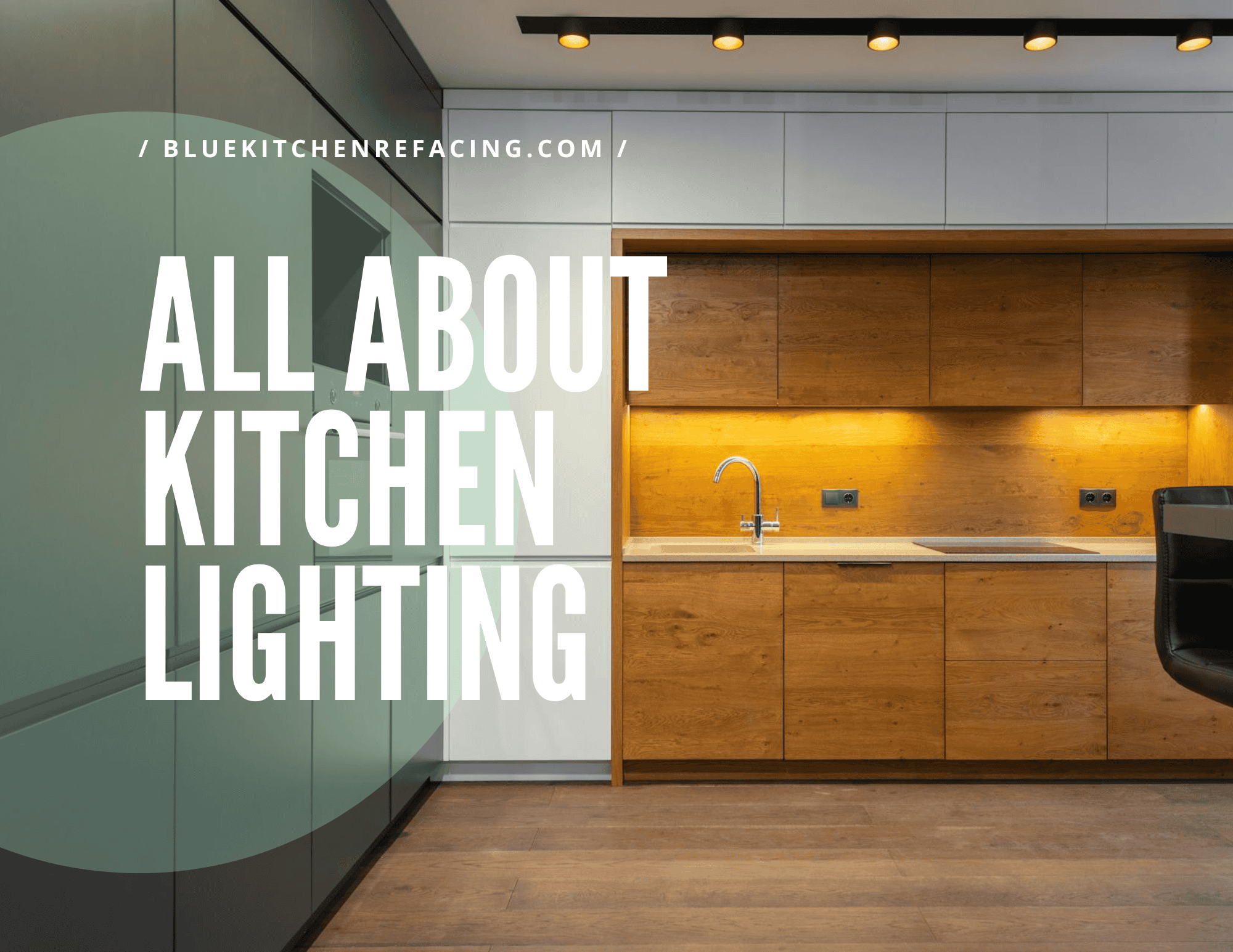
Brighten Your Culinary Space
Kitchen lighting plays a vital role in functionality and ambiance. Good lighting improves visibility for safe food preparation and creates a welcoming atmosphere. This article explores various lighting types and placement strategies for an efficient and attractive kitchen.
Layered Lighting: The Key to a Functional Kitchen
Effective kitchen lighting combines multiple layers: ambient, task, and accent. Ambient lighting provides overall illumination. Task lighting focuses on specific work areas. Accent lighting highlights decorative features. Balancing these layers creates a well-lit and inviting space.
Ambient Lighting:
Sets the overall brightness level. Recessed lights, ceiling fixtures, or chandeliers contribute to ambient lighting. Consider your kitchen size and ceiling height when choosing fixtures.Task Lighting:
Illuminates countertops, sinks, and cooking surfaces. Under-cabinet lights, pendant lights, and track lighting offer directed task lighting. Choose fixtures with adjustable brightness for flexible control.Accent Lighting:
Highlights architectural details or artwork. Interior cabinet lighting, wall sconces, or spotlights create visual interest. Accent lighting adds personality and style to your kitchen.
Layering these lighting types ensures every activity, from chopping vegetables to enjoying a meal, has the appropriate light. A layered approach enhances both practicality and aesthetics.
Click here for more information on kitchen cabinet refacing Toronto
Related Article: What Type of Lighting is Best For a Kitchen?
Related Article: What is The Rule of Thumb For Kitchen Lighting?
Related Article: Is Led Lighting Good For a Kitchen?
Placement Strategies: Maximizing Light Efficiency
Strategic fixture placement optimizes light distribution. Consider the kitchen layout and work zones. Place task lighting directly above countertops and cooking areas. Install ambient lighting for overall brightness. Position accent lighting to highlight desired features.
Island Lighting:
Install pendants or a linear fixture centered above the island for balanced illumination. Choose fixtures that provide ample light for meal preparation and dining.Sink Lighting:
Eliminate shadows over the sink with dedicated task lighting. Under-cabinet lights or a ceiling-mounted fixture above the sink offer good visibility.Countertop Lighting:
Under-cabinet lights are essential for countertop work areas. They provide bright, focused light for chopping, mixing, and other tasks.
Careful fixture placement ensures effective illumination for all kitchen activities. Plan your lighting layout to match your specific needs.
Related Article: What is The Best Lighting For on Top of Cabinets?
Related Article: How Do You Layout Kitchen Ceiling Lighting?
Related Article: How Many Watts of Light Do I Need For My Kitchen?
Related Article: Should Kitchen Lights Be Warm Or Daylight?
Bulb Types and Color Temperature: Setting the Mood
Light bulb selection influences both the kitchen’s appearance and functionality. Consider color temperature and bulb brightness. Warm white light creates a cozy atmosphere. Cool white light offers better visibility for detailed tasks. Choose bulbs appropriate for the intended use.
LED Bulbs:
Energy-efficient and long-lasting. LEDs offer various color temperatures and brightness levels.Halogen Bulbs:
Provide bright, crisp light. Halogens are a good choice for task lighting but consume more energy than LEDs.Fluorescent Bulbs:
Offer good energy efficiency but can produce a less natural light quality. Fluorescents are less common in modern kitchen lighting designs.
Selecting the correct bulbs creates the desired ambiance and ensures proper visibility for all kitchen tasks. Balance energy efficiency with desired light quality.
Related Article: Should Kitchen Lights Be on a Dimmer?
Related Article: What Colour Light is Best For a Kitchen?
Related Article: How Many Recessed Led Lights Do I Need In My Kitchen?
Related Article: Can You Have Too Many Recessed Lights In a Kitchen?
Customizing Your Kitchen Lighting
Dimmers and lighting controls offer flexibility and energy savings. Dimmers adjust light levels to match the activity and time of day. Install dimmers for ambient and task lighting. Consider smart lighting systems for enhanced control and automation.
Dimmer Switches:
Allow you to adjust the brightness of individual fixtures or zones. Dimmers create different moods and save energy.Smart Lighting Systems:
Offer advanced control options through mobile apps or voice assistants. Smart systems can automate lighting schedules and adjust color temperature.Motion Sensors:
Automatically turn lights on and off based on movement. Motion sensors provide convenience and energy efficiency, particularly for pantry or under-cabinet lighting.
Implementing lighting controls enhances functionality and allows you to customize your kitchen lighting to meet specific needs. Enjoy the convenience and energy-saving benefits of modern lighting control systems.
Related Article: What Type of Recessed Lighting is Best For a Kitchen?
Related Article: Where Should Lights Be Placed Over Kitchen Sink?
Related Article: What Type of Lighting is Best Over a Kitchen Sink?
Conclusion
Kitchen lighting involves more than just selecting fixtures. It requires careful consideration of layering, fixture styles, placement, bulb types, and controls. By understanding these elements, you can create a kitchen that is both beautiful and functional. A well-lit kitchen enhances everyday tasks and creates a welcoming space for family and friends.

Blue Malue Get in touch with Blue here.
